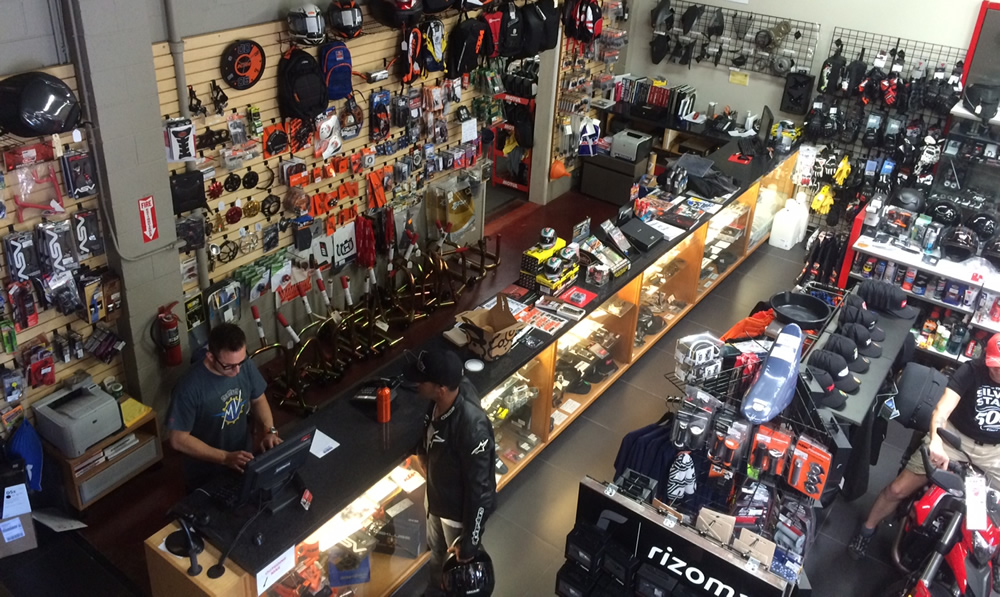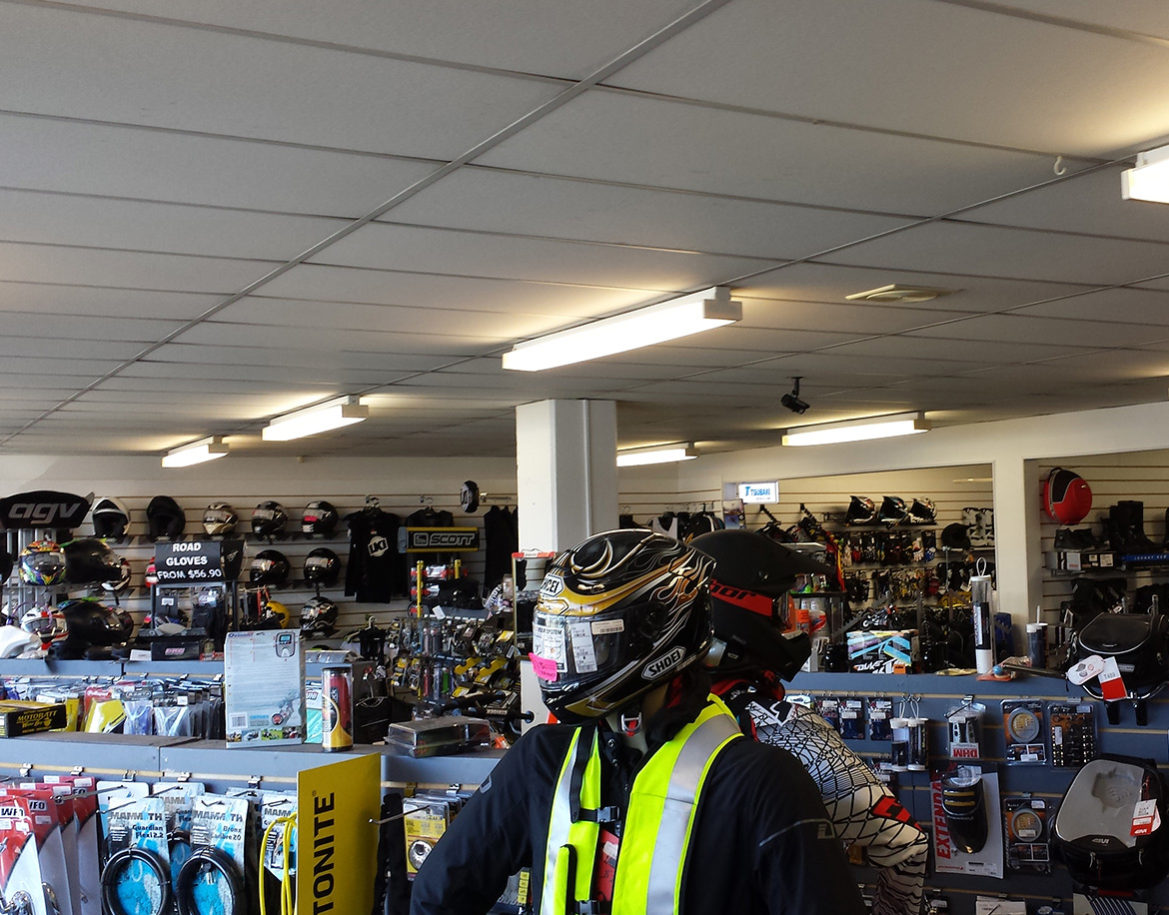Browse Through Our Motorcycle Shop for Professional Suggestions and Quality Products
Browse Through Our Motorcycle Shop for Professional Suggestions and Quality Products
Blog Article
Comprehending the Vital Parts of a Motorbike: A Comprehensive Overview for Enthusiasts
For bike fanatics looking to boost their riding experience and guarantee their bikes run smoothly, recognizing the necessary components of a motorcycle is vital. Each element, from the engine's detailed workings to the vital role of the stopping devices, not just affects efficiency however additionally safety and security and convenience.
Engine Components

The camshaft plays an important duty in regulating the timing of the engine's valves, ensuring the specific opening and closing needed for effective gas and air consumption, as well as exhaust expulsion. This timing is vital to preserving optimal engine performance and performance. Additionally, the carburetor or fuel injection system, depending on the motorbike version, is accountable for mixing air with fuel in the right ratio for combustion.
The cooling system, either air or liquid-based, works to preserve the engine's temperature level within functional limits, avoiding getting too hot and ensuring longevity - moto parts nz. Each element, thoroughly made and incorporated, adds to the seamless procedure of the engine, specifying the motorcycle's power output and general performance
Transmission System
Important to the bike's functionality, the transmission system ensures reliable power transfer from the engine to the wheels. This system makes up numerous important elements, including the clutch, gearbox, and last drive, each playing an essential function in converting the engine's power into movement. The clutch, usually operated by a hand lever, offers to disengage the engine and engage from the transmission, permitting smooth gear modifications and controlled velocity.
The transmission, usually described as the transmission appropriate, contains a set of equipments that riders can manually shift via to change the bike's speed and torque output. These equipments are set up in a sequence that makes it possible for the bike to accelerate efficiently and keep optimum engine performance throughout various speeds. The majority of motorbikes use a consecutive transmission, needing the cyclist to move gears in a fixed order.
Braking Mechanisms
While recognizing the transmission system is crucial to harnessing a motorbike's power, equally essential is the ability to manage and quit that power efficiently, which is where braking mechanisms come into play. Brakes are important for safety and performance, providing the rider with the needed control to browse different surfaces and conditions. Usually, motorbikes include two types of stopping systems: disc brakes and drum brakes.
Disc brakes are much more prevalent in contemporary motorbikes due to their remarkable efficiency. This system offers much better warm dissipation, regular efficiency, and boosted stopping power, especially in wet problems.
Alternatively, drum brakes, though less common, are still discovered in some bikes. They work by pushing brake footwear versus the internal surface of a drum affixed to the wheel. While typically much less reliable in warm dissipation and quiting power, drum brakes are easier and a lot more cost-effective.
Comprehending these stopping systems' subtleties permits riders to preserve their motorbikes correctly and appreciate the engineering that makes certain reliable and safe stopping.
Suspension and Steering
Suspension and guiding systems are essential parts that significantly influence a motorbike's handling and adventure convenience. The shock absorber, including forks at the front and shock absorbers at the back, absorbs road abnormalities, boosting security and control. Front forks, generally telescopic or upside down, compress and rebound to minimize influences, while back shock absorbers maintain tire call with the road, critical for grip and safety.
Steering, focused around the handlebars, connects the rider to the bike's directional control. The guiding head bearings make sure smooth procedure, permitting precise ability to move. Proper positioning and upkeep of these bearings are critical for predictable guiding feedback and lowering rider fatigue.
The suspension's adjustability is one more important aspect; preload, damping, and rebound setups allow personalization to fit various riding conditions and styles. This adaptability is essential for maximizing efficiency, whether browsing city streets or tackling tough tracks. Developments like electronic suspension systems supply real-time adjustments, improving ride top quality across diverse surfaces.

Electrical Solutions
After making sure a controlled and smooth ride through reliable suspension and guiding systems, attention transforms to the electrical systems, a critical aspect of contemporary motorcycles. These systems play a vital role not only in starting the engine yet also in powering numerous parts that boost the performance and safety of the motorbike.
At the heart of a motorbike's electric system is the battery, which shops electrical energy required for beginning the engine and powering supporting systems - motocross gear. The alternator or generator, combined with the rectifier-regulator, makes sure the battery continues to be charged while the motorcycle is in operation, converting power into electrical energy and keeping voltage levels
The ignition system, an additional important element, is liable for firing up the air-fuel combination in the engine's cyndrical tubes. Modern bikes often utilize a digital ignition system, supplying better efficiency and dependability contrasted to standard systems.
Lighting systems, consisting of fronts lights, tail lights, and indications, are additionally essential, guaranteeing presence and safety for the motorcyclist. Additional digital parts such as sensing units, control systems, and shows add to sophisticated features like gas injection monitoring, anti-lock stopping systems (ABDOMINAL click here to find out more MUSCLE), and electronic go control panels, even more enhancing the riding experience.
Verdict
A complete comprehension of a motorbike's essential elements, consisting of the engine, transmission system, stopping mechanisms, suspension, steering, and electric systems, is vital for lovers intending to enhance performance, convenience, and safety and security. Mastery of these elements enables notified decisions concerning maintenance and upgrades, eventually boosting the riding experience. By integrating this understanding, motorcyclists can ensure their motorcycles operate at peak efficiency and reliability, thus making the most of both pleasure and longevity of their lorries.
For bike fanatics looking to boost their riding experience and ensure their bikes run efficiently, comprehending the essential components of a motorbike is vital.Indispensable to the motorcycle's functionality, the transmission system guarantees effective power transfer from the engine to the wheels.While comprehending the transmission system is essential to harnessing a bike's power, equally vital is the ability to regulate and stop that power effectively, which is where stopping systems come into play. Normally, motorcycles include 2 kinds of braking systems: disc brakes and drum brakes.
A comprehensive news understanding of a motorbike's crucial elements, consisting of the engine, transmission system, braking systems, suspension, steering, and electrical systems, is vital for enthusiasts intending to enhance comfort, efficiency, and safety.
Report this page